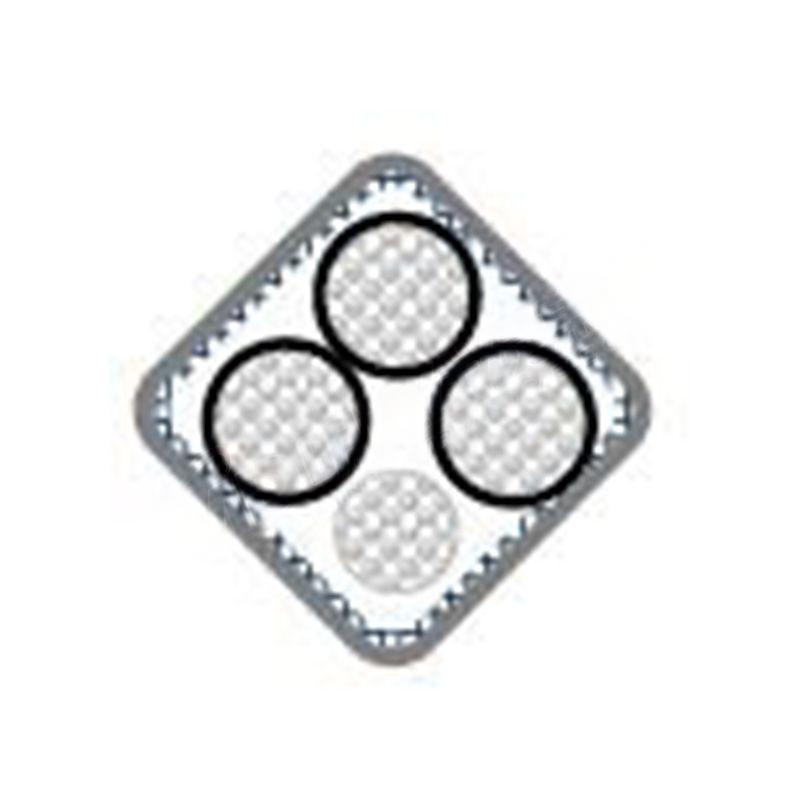9 月 . 15, 2024 22:35 Back to list
Water Main Air Release Valve - Efficient Water Distribution Solutions
Understanding Water Main Air Release Valves
Water main air release valves are critical components in municipal water distribution systems. These valves are designed to eliminate trapped air from the water pipeline, enabling efficient flow and maintaining the integrity of the system. Although often overlooked, their role is vital for the optimal functioning of water mains. This article delves into the importance, functionality, and maintenance of air release valves in water distribution networks.
The Importance of Air Release Valves
Air can accumulate in water pipelines for various reasons, primarily due to changes in pressure and flow dynamics. When air remains trapped, it can lead to a number of problems. For instance, it can create air pockets that impede the flow of water, reducing the system's efficiency. Furthermore, trapped air can cause hydraulic shocks, resulting in potential damage to the infrastructure. Air release valves serve to mitigate these issues by allowing air to escape from the system, thus protecting the pipeline from pressure fluctuations and enhancing overall performance.
In addition to maintaining flow efficiency, these valves also help prevent contamination
. When air enters the system, it can carry with it particles that may lead to water quality issues. By ensuring that air is consistently vented, air release valves contribute to the cleanliness and safety of the water supply.How Air Release Valves Work
Water main air release valves operate on a simple principle. Each valve typically consists of a casing, a float, and a discharge port. As water flows through the pipeline, any air present within the system rises to the top of the valve. When the air reaches the float, it causes the float to rise. This action opens the discharge port, allowing the trapped air to escape. Once all the air is released, the float drops back down, sealing the port to prevent water leakage.
water main air release valve

In some systems, automatic air release valves are employed, which work continuously while water flows through the pipe. Others may be manually operated and require routine checks to ensure proper functionality. Choosing the right type of air release valve depends on the specific requirements of the water distribution network and the expected air accumulation patterns.
Maintenance of Air Release Valves
To ensure continuous operation, regular maintenance of air release valves is essential. Over time, debris, sediment, and corrosion can affect the functionality of these valves. Routine inspections should include checking for leaks, ensuring proper float operation, and verifying the discharge port's integrity. If a valve is found to be malfunctioning, it is crucial to address the issue promptly to avoid complications within the water distribution system.
In some cases, it may be necessary to replace the entire valve if it has suffered significant wear or damage. Manufacturers’ guidelines should be followed regarding maintenance schedules and replacement parts to ensure long-term reliability.
Conclusion
Water main air release valves are indispensable for maintaining the efficiency, safety, and integrity of municipal water distribution systems. By effectively managing air within pipelines, these valves prevent issues related to trapped air, such as water flow obstruction and contamination. Ensuring that these valves are properly maintained will contribute to the smooth operation of water systems, ultimately safeguarding public health and enhancing service delivery. Understanding their importance and functionality helps municipalities to keep their water supply systems in optimal condition.
Share
-
Understanding the Differences Between Wafer Type Butterfly Valve and Lugged Butterfly ValveNewsOct.25,2024
-
The Efficiency of Wafer Type Butterfly Valve and Lugged Butterfly ValveNewsOct.25,2024
-
The Ultimate Guide to Industrial Swing Check Valve: Performance, Installation, and MaintenanceNewsOct.25,2024
-
Superior Performance with Industrial Swing Check Valve: The Essential Valve for Any SystemNewsOct.25,2024
-
Industrial Swing Check Valve: The Ideal Solution for Flow ControlNewsOct.25,2024
-
You Need to Know About Industrial Swing Check Valve: Functionality, Scope, and PerformanceNewsOct.25,2024